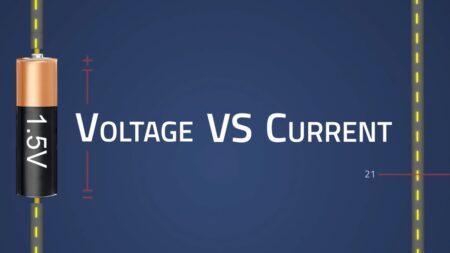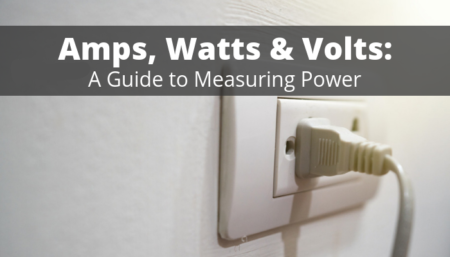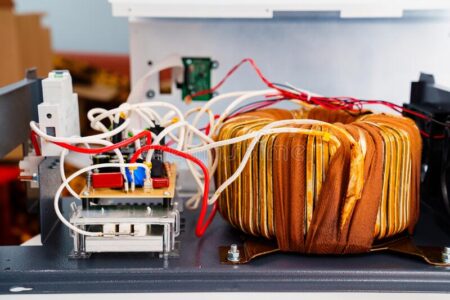If you have seen any electrical circuit diagram, you will notice that the voltmeter is always connected in parallel. At the same time, the ammeter is connected in series. There is a specific reason why we do so. Let us see an ammeter’s and voltmeter’s functions to understand why.
Voltmeter – Function
The voltmeter’s function is to measure the voltage in an electrical circuit. It measures the potential difference between two points in the circuit. For example, it measures the root mean square values at various points.
Ammeter – Function
The ammeter measures the amount of total current flowing through an electrical circuit. So, the current should flow through the ammeter to get a proper current reading.
What is a parallel circuit?
A parallel circuit has multiple branches to divide the current flow and ensure that the voltage across each component is the same. The total current is the sum of the current flowing through each component. Finally, the components are connected, forming two sets of electrically common points.
What is a series circuit?
A series circuit constitutes a path along which the entire current flows through each component. The individual components are connected end-to-end, forming a single track for the electrons to flow.
How do you connect a voltmeter?
The voltmeter is connected in parallel to prevent it from drawing any current toward itself. Instead, it indicates that the current measured by it is fed back as a potential difference. Generally, the battery, bulb, and voltmeter are connected in parallel, whereas the other parts of the circuit are in series. The connection in parallel ensures that it does not affect the circuit’s resistance.
What will happen if we connect a voltmeter in series?
The voltmeter is a high-resistance device. So if we connect it in series, it would increase the circuit resistance to infinity and prevent any flow of current through it. Therefore, we do not connect a voltmeter in series.
How do you connect an ammeter?
An ammeter measures the current flow through the circuit. It is a low-resistance device. Hence, it is always connected in series. Connecting an ammeter in parallel would draw most of the current because the current will choose the least resistive path to flow. Thus, it can damage the ammeter.
This diagram should explain things better.

Here, you can see that the voltmeter is connected in parallel to the circuit, whereas the ammeter is connected in series.
Final Thoughts
A voltmeter is connected in parallel to prevent it from drawing all the current toward itself. In contrast, the ammeter is always connected in series to measure the current flow through the circuit.



